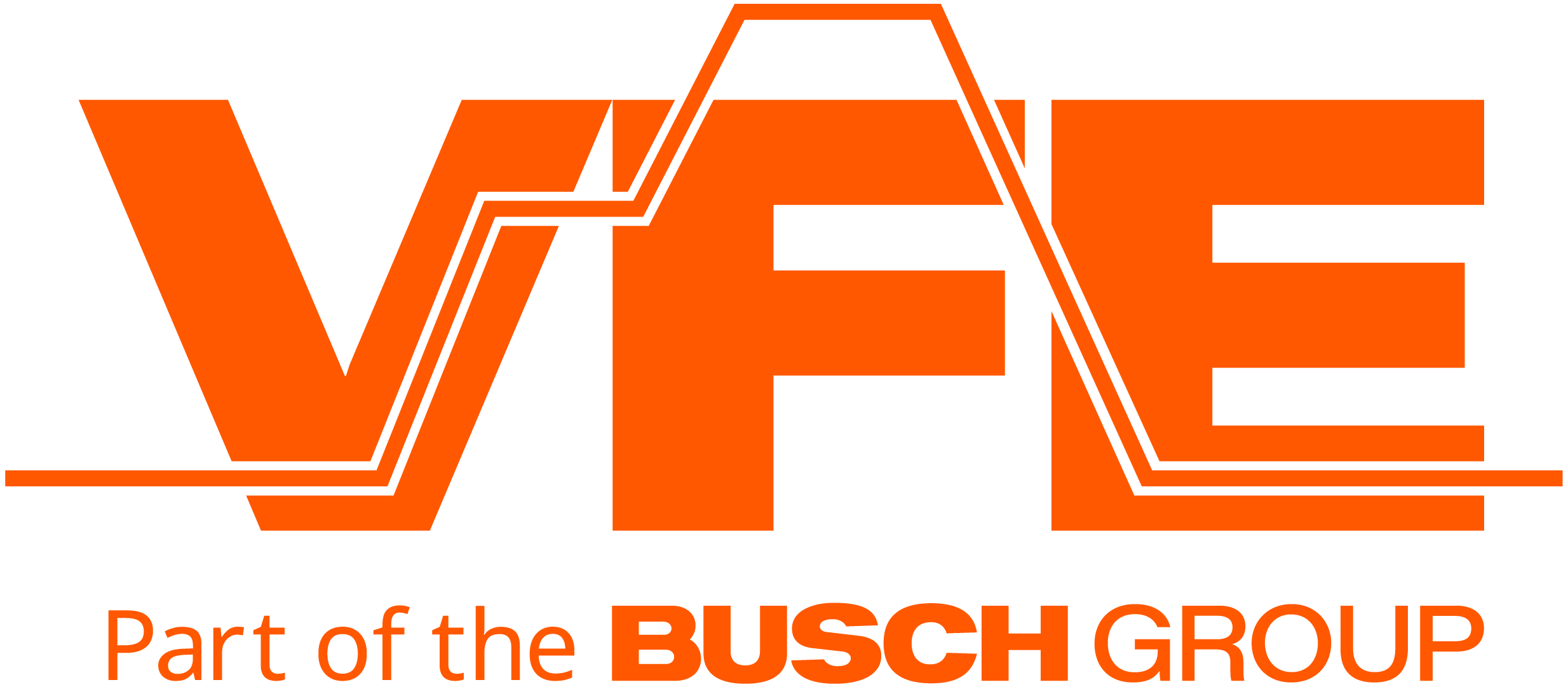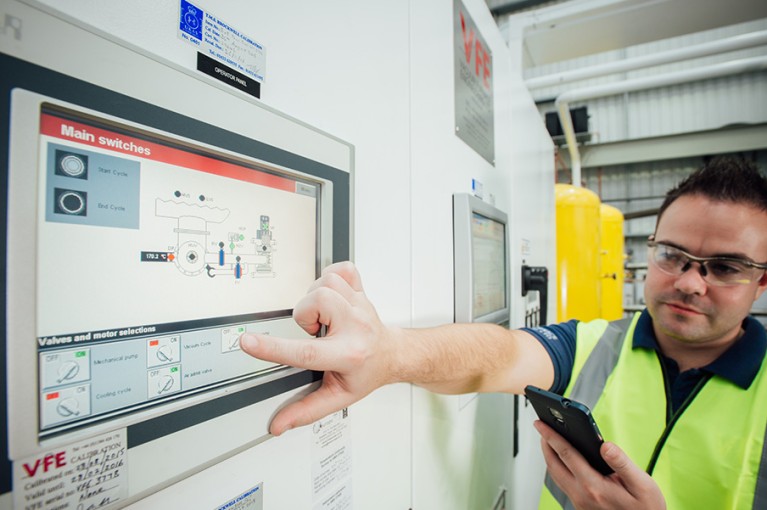How it works
The FMCS acts as a central point for communications with all other systems and devices. It can measure, process, control and record temperature and vacuum readings from a range of different instruments. When in operation, the system executes the selected heat treatment profile, records all the data and stores it internally. Notably, it can serve this data in real-time across networked devices.The FMCS is a highly robust and industrially proven piece of hardware on which manufacturers can depend to automate, monitor and report on furnace operations.
Full Technical Specifications
Software Interface
FMCS is written in-house with the sole purpose of managing vacuum furnace equipment. Its applications include the following:- Acts as the primary user interface for operators and engineers
- Provides a simple but powerful graphical profile editor
- Displays current running status with numerical and graphical presentation
- Displays system alarms and diagnostic data
- Records all process data and user actions in a secure database
- Used to search database and view/print/ export historical records
- Allows manual intervention to the process to authorised users
Process Control
Due to the powerful nature of the programmable logic controller (PLC) processor, we have been able to take advantage of its proven PId control logic and enhanced it to replicate the functionality of the best traditional discrete programmer/controllers. As a result:- Process variables such as temperature and vacuum are measured by thermocouples/other sensors and the readings are interpreted and processed by the PLC against the set points
- VFE control algorithm follows the programmed temperature ramp rate
- PID control optimises the power required in each heating zone
- Output demand is communicated digitally to each Thyristor (power controller) with actual kW consumption continually monitored
Additional Interface/ Recording
For most systems, the data recording of the FMCS software provides sufficient security. For more critical applications, additional options may be considered.- Duty/Standby PC Configuration
The system is configured with a “hot standby” PC which is continually recording and following the duty PC. In the event of duty PC failure, operators can continue to monitor the cycle to completion without interruption - HMI
This dedicated network device is able to mimic the critical functions of the FMCS software during running cycles (pause, abort, view trend charts and numerical data). It also records a backup copy of key process data like a graphical chart recorder - Backup Recorder
A graphical chart recorder can be fitted in place of (or in addition to) an HMI to provide backup data recording but without the HMI’s ability to provide machine interaction
Optional Centralised Scada
For customers with multiple furnaces in use, the management and reporting of run data can become challenging. For these scenarios we produce an optional central SCADA system:- An additional PC system that can be installed away from the furnaces to check and analyse the run history
- The system acquires and logs furnace data in parallel with the furnace FMCS, providing a backup data record
- A mimic and alarm repeater can notify of any real-time issues down at the furnace
- An assisted run-analysis system takes the guesswork out of validation, automatically detecting ramps and dwells and calculating their rates and durations for approval
- Digitally signed run reports demonstrate compliance of the run to requirements

